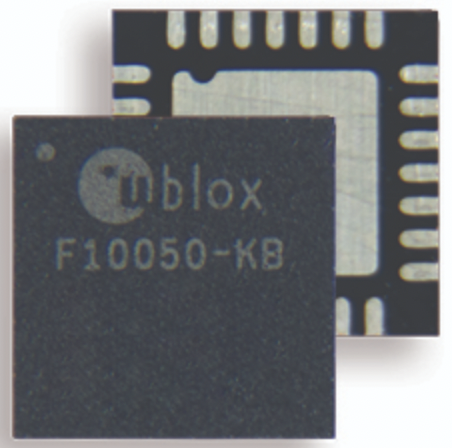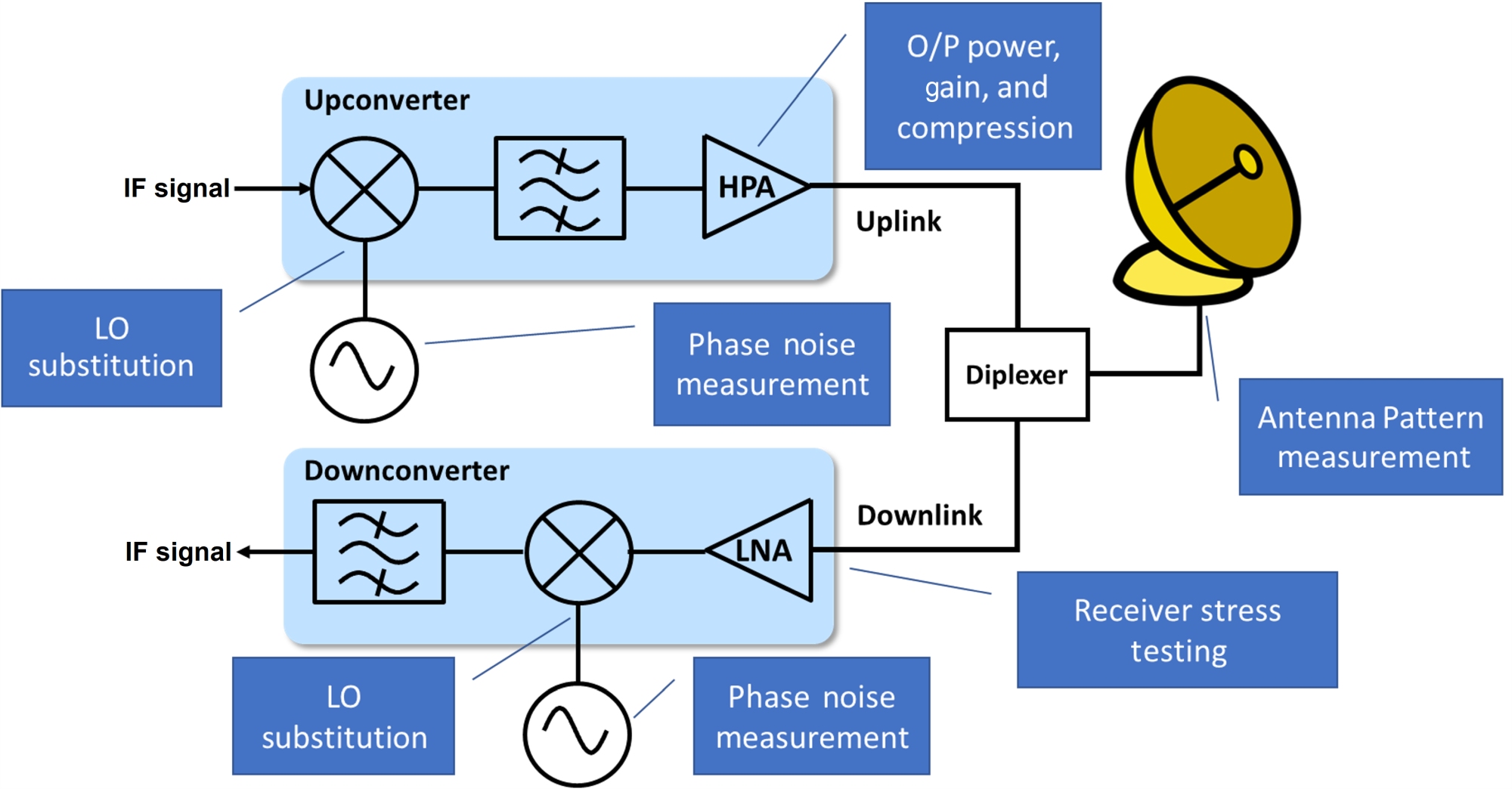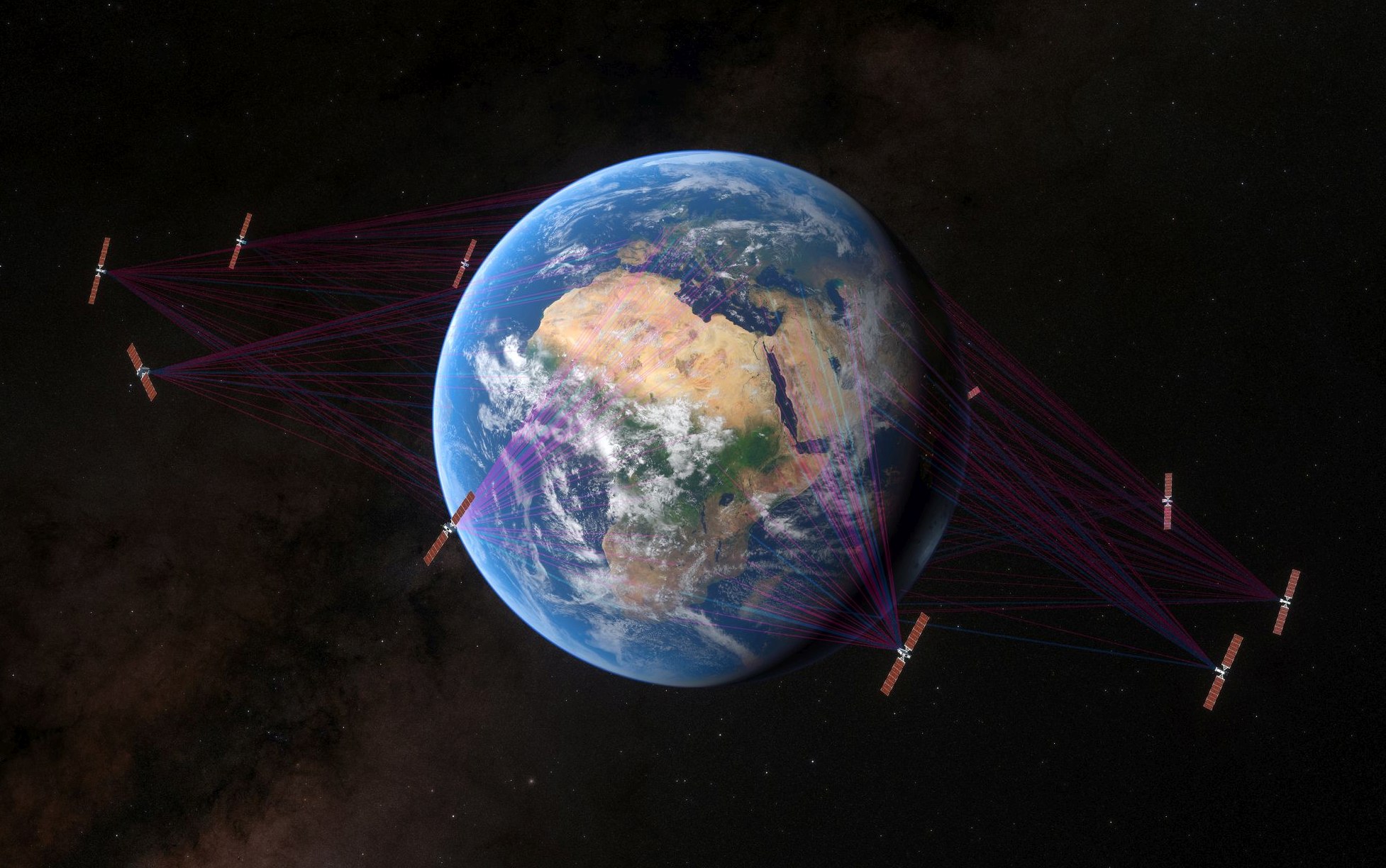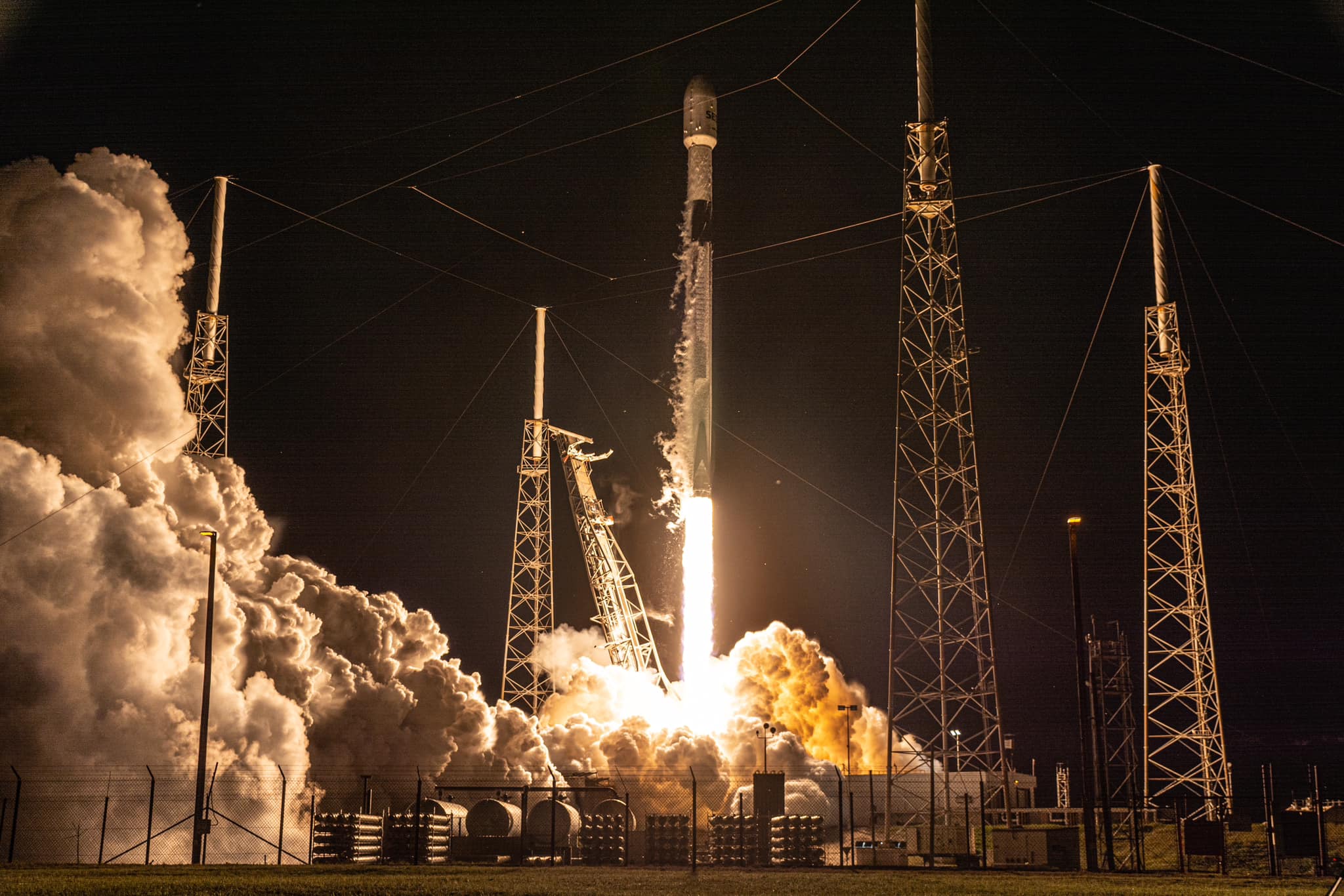u-blox has announced F10, the company’s first dual-band GNSS (Global Navigation Satellite Systems) platform combining L1 and L5 bands to offer enhanced multipath resistance and meter-level positioning accuracy. The platform caters to urban mobility applications, such as aftermarket telematics and micromobility. Applications that use GNSS receivers for accurate positioning are on the rise. Yet, current…
GPS at 50: Now what?
EE World interviewed Microchip’s David Chandler and Duke Buckner on the status and future of GPS, a technology we rely on for location tracking and network timing. Ethernet isn’t the only ubiquitous technology invented in 1973. GPS, the network of satellites that provide location and timing information, was also born that year. GPS has come…
How RF measurements verify satellite links
Noise measurement, LO substitution, receiver stress testing, power measurement, CCDF and PAPR characterization, and antenna-pattern measurement play critical roles in link budget, bit-error rate, and SNR requirements. Low-Earth orbit (LEO) satellite systems are being deployed for mission-critical use cases at an accelerating rate. This brings associated critical test requirements that, if not performed accurately, could…
MWC demo highlights near-future satellite internet
Mobile World Congress 2023 will feature a demonstration of satellite internet services by SES. On December 16, 2022, a SpaceX Falcon 9 rocket carried two SES O3b mPower satellites into Earth’s orbit. EE World was there for the launch. At Mobile World Congress (MWC) 2023 (February 27 to March 2) SES will perform a live…
Satellites launch 4G/5G service to remote regions
The first two O3b mPOWER satellites operated by SES have launched. Once fully deployed, 11 satellites will significantly improve throughput and latency to areas all over the world. EE World was there for a firsthand video view of the launch.





